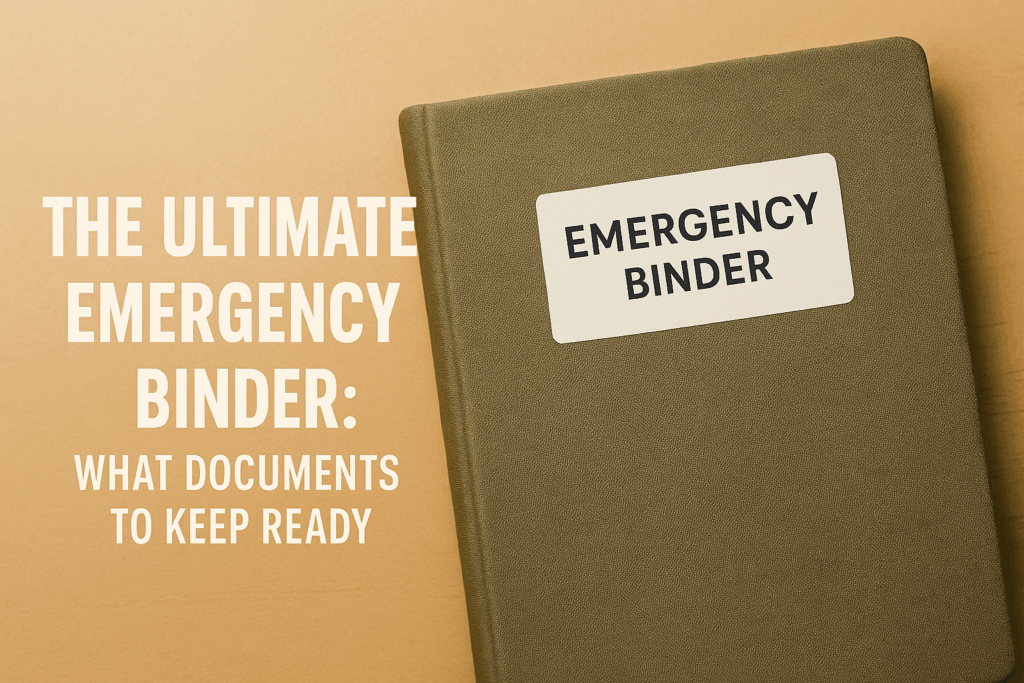As parents, we all want to protect our kids from the world’s harsh realities. But deep down, we also know we can’t shield them from everything. Emergencies happen—whether it’s a storm, blackout, or bigger crisis—and part of preparing our families means including the little ones too. The good news is, prepping with kids doesn’t have to be scary. In fact, it can be empowering, even fun. With the right approach, you can teach your children how to respond in emergencies with calm, confidence, and age-appropriate knowledge—without filling their heads with fear. It’s about preparation, not panic.
Start with the Basics—Then Build Slowly
When it comes to prepping with kids, less is more in the beginning. Start with simple concepts like knowing their full name, address, and your phone number. Talk about who to call or where to go if they get separated. Practice small things, like what to do if there’s a fire alarm or the power goes out. The idea isn’t to overload them—it’s to slowly build their comfort and competence. These conversations can be part of everyday life, like during a walk or while reading a story. You’re planting seeds that will grow into confidence.
Turn Learning into a Game
Kids learn best when they’re engaged—and games are one of the most effective tools in prepping with kids. Try hiding flashlights and asking them to find them in the dark, or do a timed “evacuation drill” where they grab their emergency bag and meet you at a specific spot. Use role-playing to walk through scenarios, like what to do if they’re home alone during a storm. The more interactive and playful it is, the better they’ll remember it. When you make prepping feel like an adventure, you turn scary what-ifs into manageable know-hows.
Be Honest, but Keep It Reassuring
Kids are incredibly intuitive. If you’re nervous, they’ll pick up on it. That’s why prepping with kids works best when you stay calm and matter-of-fact. Be honest about the need to prepare—without using fear-based language. For example, instead of saying, “What if something terrible happens?”, you might say, “Sometimes things don’t go as planned, and it’s good to know what to do.” Reassure them that most emergencies are rare and that prepping helps everyone feel safer. The goal isn’t to make them worry; it’s to give them tools and confidence to respond wisely.
Make Emergency Kits Together
A fantastic hands-on activity in prepping with kids is creating their own emergency kit. Let them help choose items for a small go-bag: a flashlight, a favorite snack, a change of clothes, maybe even a small toy or book. Kids love feeling involved, and this can give them a sense of control. Personalizing their kit also reinforces that prepping is about readiness, not fear. Don’t forget to go over how and when to use each item in the bag. You can even have them draw a map to their meeting place or decorate the kit to make it feel like their own.
Reinforce and Review Regularly
Just like fire drills at school, prepping with kids needs to be reinforced. Repetition builds confidence. Every few months, revisit your emergency plans together. As your kids grow, update the conversation to match their age and abilities. Encourage questions, celebrate their input, and gently correct misunderstandings. The more they participate, the more empowered they’ll feel. And remember—kids who are prepared are less likely to panic in a real situation. They’ll know what to do because they’ve done it before in a safe, loving, and supportive environment.
Final Thoughts
Prepping with kids isn’t about creating anxiety—it’s about building resilience. When you include your children in your emergency plans in age-appropriate, thoughtful ways, you’re giving them something powerful: a sense of agency. You’re showing them that while the world can be unpredictable, they are never helpless. And that’s a lesson that will serve them far beyond any single crisis. So keep it simple, keep it calm, and keep the conversation going. You’re not just preparing for emergencies—you’re preparing your kids for life.




